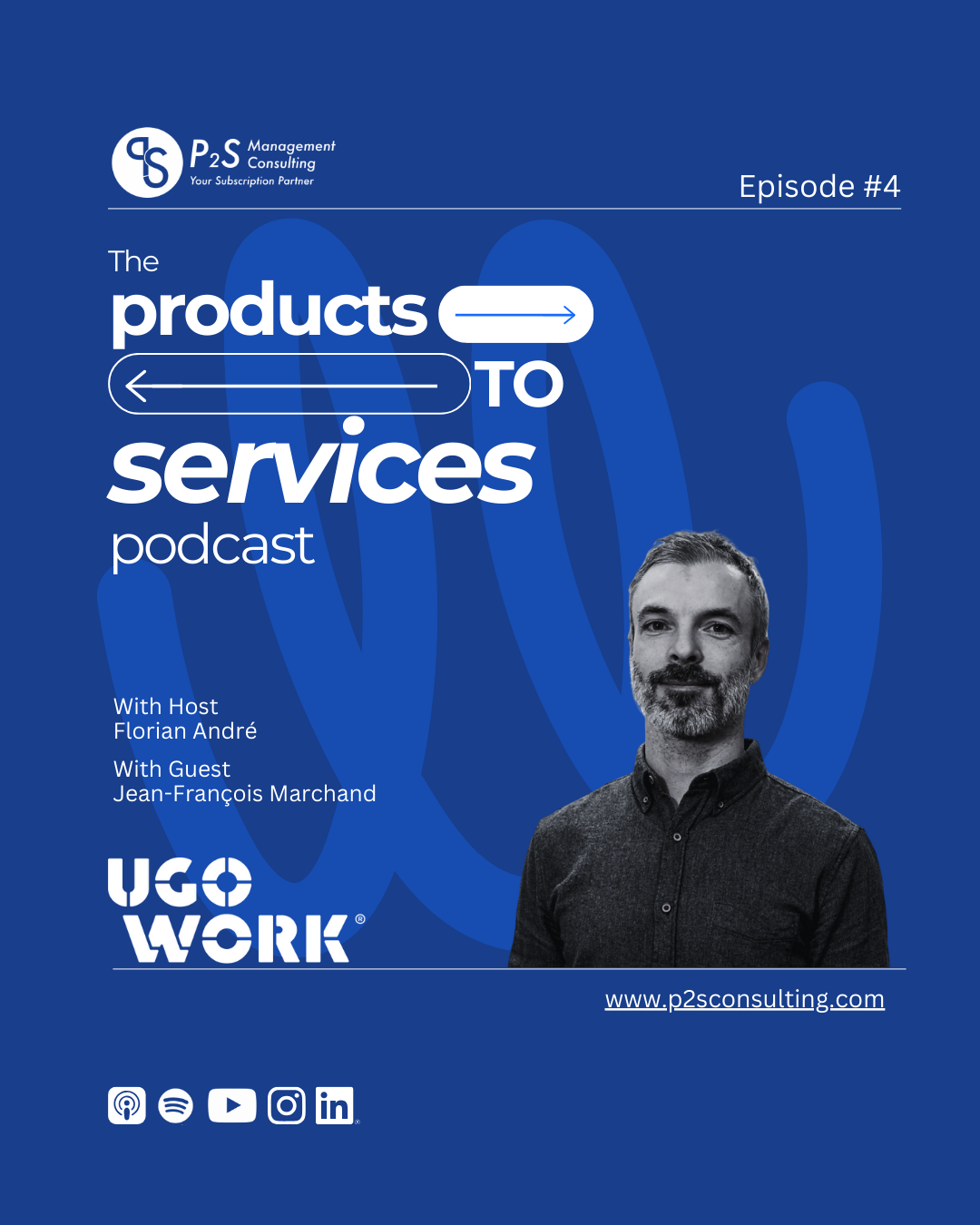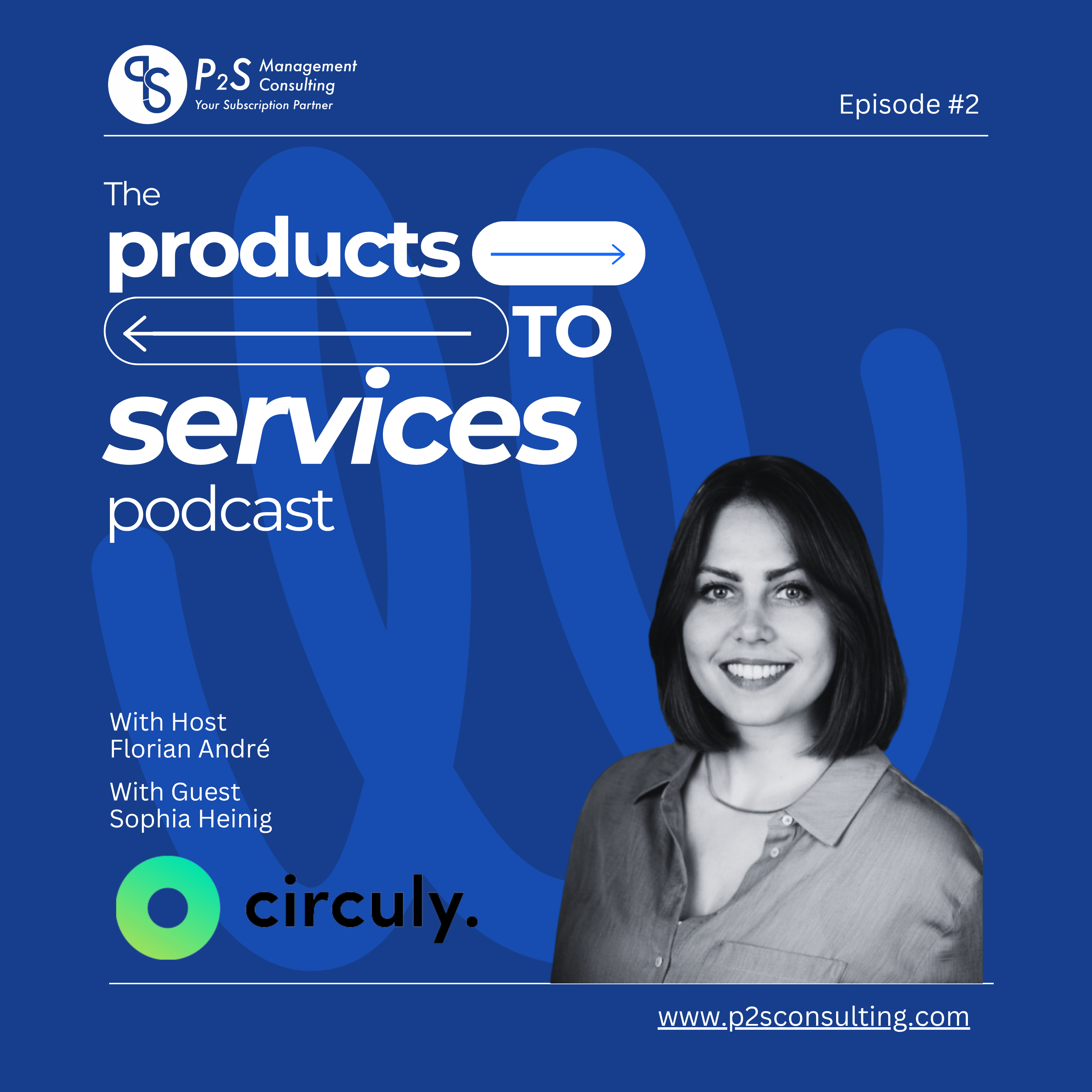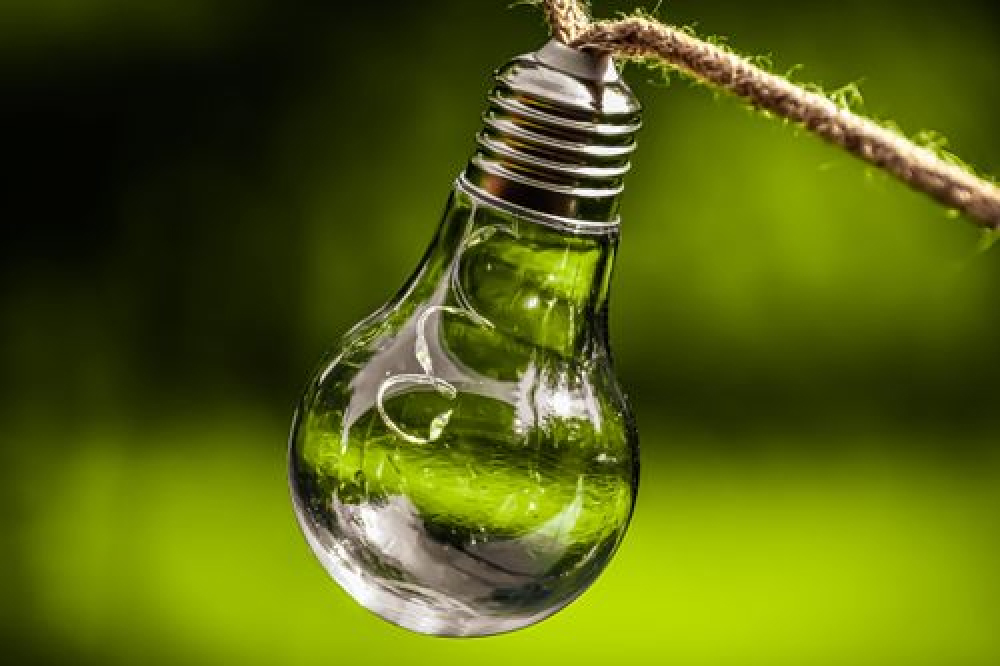
The Products to Services Podcast
English
#4 – Energy-as-a-Service in Action: UgoWork’s Model for Trust, Uptime & Flexibility
Resources on Subscription - URL

The Products to Services Podcast
English
#3 – Beyond One-Time Sales: Philips’ Path to Monetising High-Value Returns
Resources on Subscription - URL

The Products to Services Podcast
English
#2 – How Circuly’s Software Drives 80K Subscriptions & Double-Digit Growth. Sophia Heinig, Circuly
Resources on Subscription - URL
.png)
The Products to Services Podcast
English
#1 - From 0 to €100M+ in Cooling-as-a-Service. Dawie Kriel from Energy Partners
Resources on Subscription - URL

Sustainability and Policies
French
De la vente d’équipement à celle de l’utilisation ou de la performance
Resources on Subscription - URL

Case Studies
English
Playbook for Product-as-a-Service Models: Insights from 20 Industry Leaders
Resources on Subscription - URL

Case Studies
English
Cooling-as-a-Service at TRX: Kaer’s Landmark Project in Kuala Lumpur
Resources on Subscription - URL
.png)
Strategy & Why XaaS
English
The Future of As-a-Service Models in Industrial Markets
Resources on Subscription - URL

Case Studies
English
Lessons from HVAC- and Cooling-as-a-Service Business Transformations
Resources on Subscription - URL
.png)
Strategy & Why XaaS
English
11 Questions Every Company Asks Before Going Product-as-a-Service
Resources on Subscription - URL

Strategy & Why XaaS
English
Real-World Wins from Swapfiets, Hilti, Philips & More
Resources on Subscription - URL

Sustainability and Policies
English
The global shift to Product-as-a-Service (PaaS): How policies in the EU and U.S. are driving sustainable innovation
Resources on Subscription - URL

Case Studies
English
Unlocking the Potential of HVAC-as-a-Service (and XaaS) in Building and Construction
Resources on Subscription - URL

Strategy & Why XaaS
English
Harnessing the power of Product-As-A-Service
Resources on Subscription - URL

Tech, IoT and Digital Enablers
English
From Strategy to Execution: How to build the ideal tech stack for EaaS and PaaS.
Resources on Subscription - URL

IT & IoT
English
Investing in the right tech stack for EaaS and PaaS in Industrial Markets
Resources on Subscription - URL


Strategy & Why XaaS
English
The Future of As-a-Service in B2B Sectors in the USA
Resources on Subscription - URL
.avif)

Case Studies
English
Ventilation for You (V4U): Detandt-Simon EaaS offering
Resources on Subscription - URL

Strategy & Why XaaS
English
Getting Started with As-a-Service business model in B2B hardware industries
Resources on Subscription - URL

Case Studies
English
Navigating Construction Challenges with New Business Models
Resources on Subscription - URL

Case Studies
English
X-as-a-Service Models in the Logistics and Supply Chain
Resources on Subscription - URL

Strategy & Why XaaS
English
Embracing the Megatrend: Navigating the Shift to Subscription Models
Resources on Subscription - URL

Sustainability and Policies
English
As-a-Service Models for Equipment Longevity and Second-Life Solutions
Resources on Subscription - URL

Go-to-Market
Adapting Sales Teams for Success in the XaaS / Subscription Economy
Resources on Subscription - URL

Tech, IoT and Digital Enablers
English
IoT, a prerequisite for Subscription and As-a-Service models to work
Resources on Subscription - URL

Tech, IoT and Digital Enablers
The B2B Manufacturer's Guide to XaaS / Subscription Management Software
Resources on Subscription - URL

Go-to-Market
X-as-a-Service and Subscription Pricing Strategies for Manufacturers
Resources on Subscription - URL

Go-to-Market
Mastering XaaS / Subscription Packaging Strategies for Manufacturers
Resources on Subscription - URL

Go-to-Market
Up and Cross-Selling in XaaS / Subscription Models for Manufacturers
Resources on Subscription - URL


Sustainability and Policies
German
Subscription und As-a-Service: "Win-Win-Win"-Geschäftsmodelle
Resources on Subscription - URL

Sustainability and Policies
English
Out of the Crisis with Subscription and As-a-Service Models
Resources on Subscription - URL

Sustainability and Policies
Win-Win: Creating Mutual Value with Subscription and As-a-Service Models
Resources on Subscription - URL

Strategy & Why XaaS
English
Eligibility Criteria for Equipment-as-a-Service | Criteria for Success
Resources on Subscription - URL

Strategy & Why XaaS
English
The Fish Model: Subscription & Service Success for Manufacturers
Resources on Subscription - URL

Strategy & Why XaaS
French
Panel Discussion | Luxembourg Chamber of Commerce
Resources on Subscription - URL

Conferences/Webinars/Podcasts
English
Podcast: The Benefits of Subscription Services
Resources on Subscription - URL

Case Studies
English
A Manufacturer's Guide to Launching Subscription-Based Business Models
Resources on Subscription - URL

Strategy & Why XaaS
English
The Rise of Servitisation and ‘as-a-Service’ Business Models
Resources on Subscription - URL




Go-to-Market
French
Proposer ses produits « as-a-Service » via un abonnement
Resources on Subscription - URL


Case Studies
English
Ventilation-as-a-Service business model transformation
Resources on Subscription - URL


.png)


.jpg)








